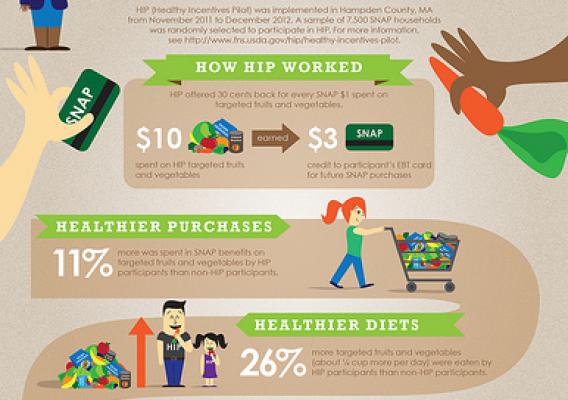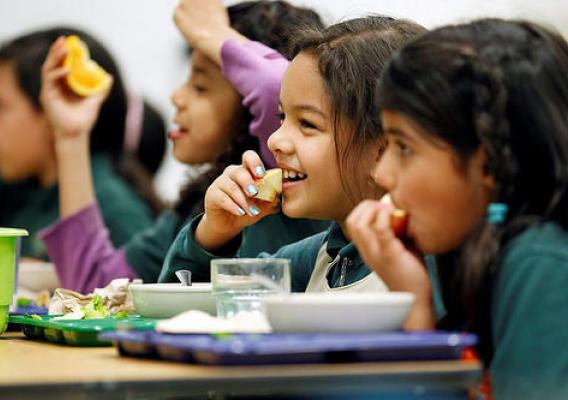The following guest blog is part of our Cafeteria Stories series, highlighting the efforts of hard working school nutrition professionals who are dedicated to making the healthy choice the easy choice at schools across the country. We thank them for sharing their stories!
By Alan Shannon, Public Affairs Director, Midwest Region, USDA Food and Nutrition Service, and Katherine Elmer-Dewitt, Academy for Global Citizenship
As we approach the five-year anniversary of the passage of the Healthy Hunger Free Kids Act, it’s worthwhile to revisit some of the schools that were at the cutting edge of creating healthier school meals. Chicago’s Academy for Global Citizenship (AGC) has been a pioneer in serving healthy, delicious school meals that exceed USDA school meals standards. Just as important, students love them! Integral to AGC’s success is a belief in not only serving positive foods but also in creating a culture that supports wellness. The school’s holistic approach relies on parent engagement, physical education, nutrition education, gardening, and more.
The Academy is a recognized national leader in these areas, so much so that Good Morning America visited it in 2011—just after the Act passed—to highlight its work. I was there for the visit and wrote this blog about it. I’ve been fortunate to visit several times since and am honored to share the blog below, written by AGC’s Katherine Elmer-Dewitt. It tells their story and underscores the importance of healthy school food.









